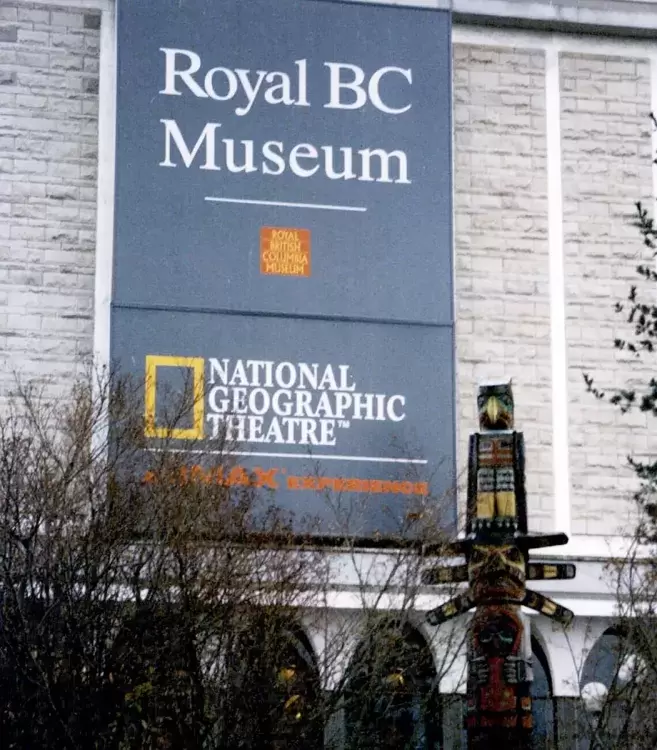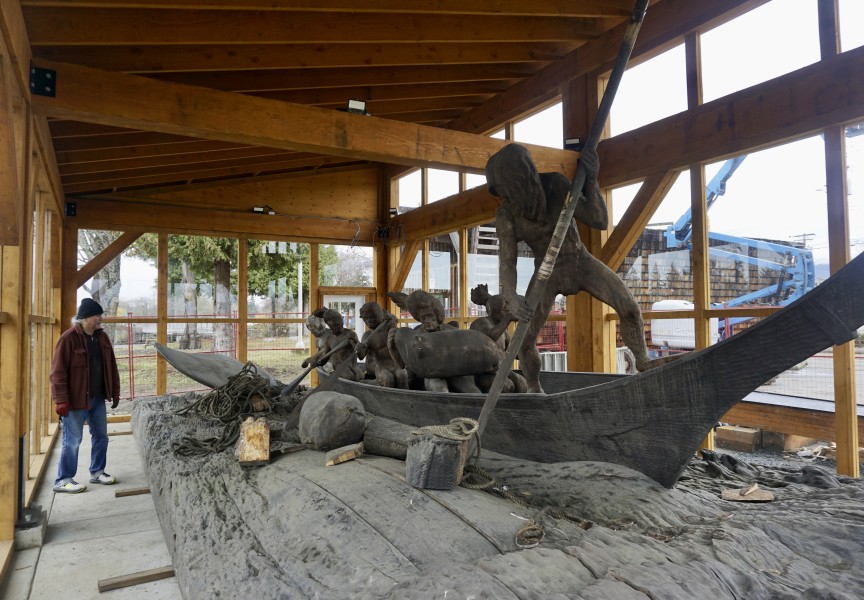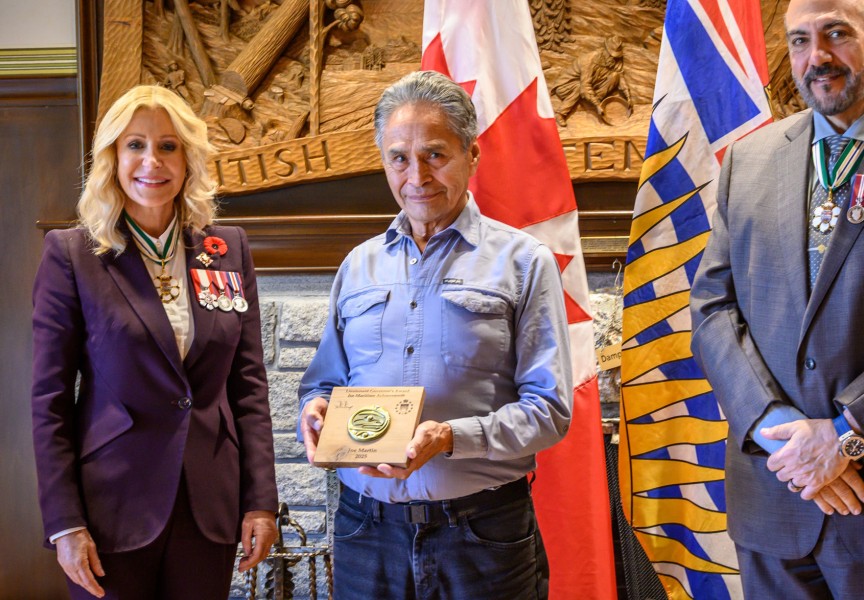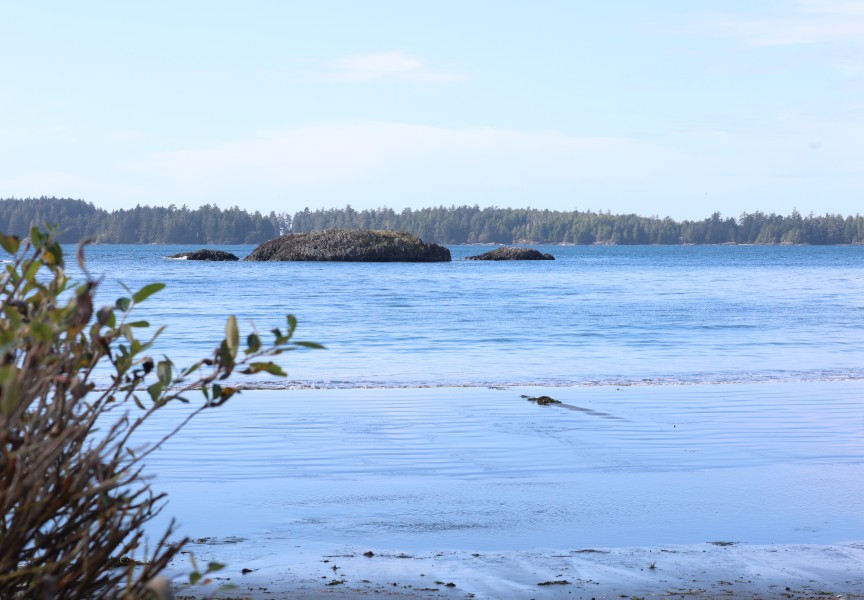The Royal B.C. Museum (RBCM) has announced a number of in-person and online public engagement sessions to discuss the future of the provincial museum. Over the next few months, members of the public are invited to join the museum’s ‘multi-year, province-wide engagement plan to listen to the people of B.C. and gather feedback’, according to the museum’s website. This engagement comes six months after the province suspended controversial plans for a $789-million rebuild and multi-year closure of the downtown Victoria institution, following a public outcry and criticism by First Nations.
Waamiiš, Elected Chief Councillor Ken Watts of Tseshaht First Nation, was among those who reacted strongly to the news of the province’s initial plans for the museum, announced by Melanie Mark, then Minister of Tourism, Arts, Culture and Sport, in May 2022. “The amount of money wasn’t the biggest issue for me,” Watts said in a recent interview with Ha-Shilth-Sa. “Rather, that the museum knew they have a bunch of our stuff, but just didn’t mention that when they announced the plans.”
This led Tseshaht First Nation to write an open letter to Minister Mark, Mid Island-Pacific Rim MLA Josie Osbourne, Minister of Indigenous Relations and Reconciliation Murray Rankin and others. In the letter, which received considerable media attention, Tseshaht argued that “the province needs to put the brakes on this work, develop plans to empower Nations and return items back to their rightful owners.”
To the surprise of Watts and others, less than six weeks after announcing the plans, then premier John Horgan suspended the controversial rebuild, saying that it was ‘the wrong decision at the wrong time’ and that the government had heard dissenting B.C. voices ‘loud and clear.’ “I made the wrong call,” Horgan said at a press conference in June 2022. “I made a call when British Columbians were thinking about other concerns.”
“The premier took the most accountability of any premier that I can remember. I think that’s awesome. We need more displays of humility like that from governments,” said Watts. “But at the end of the day, the province needs to step up financially. More funding is needed for repatriation, but capacity is an issue for First Nations, as we have so much on the go.”
Since Horgan’s announcement, Tseshaht First Nation has been working with the RBCM, who have shared with Tseshaht their policy and the process for getting funding for repatriation. “But the capacity to apply for, administer and manage such grants is just not there right now,” said Watts. “To improve relations between museums and First Nations, they should make that process easier,” he added.
Calls for the repatriation of Indigenous cultural artefacts from museums, universities and private collections across Canada and worldwide have been growing in recent years. In 2015, the Truth and Reconciliation Commission instructed the federal government to provide funds for the Canadian Museums Association to review their policies and practices in preserving Indigenous culture. And 2021, the B.C. Museums Association called on publicly funded institutions to return ancestral human remains and burial artifacts from their collections to their rightful Indigenous owners.
“I am hopeful that in my lifetime a lot of those items will be returned,” said Watts. “Some are sacred, and are not meant to be on display, or handled by just anyone. But it should be up to each Nation to decide what stays and what goes. Some items could come to our band office tomorrow, but others require climate control and other special facilities. Many items may well stay there at the museum – there needs to be recognition of the Indigenous story at the Victoria museum too, and there is also a desire to share our culture – but we need to have that conversation.”
Furthermore, said Watts, the province should redistribute the funds intended for the RBCM rebuild to support First Nations that want to build their own museums or facilities. “We are located in the corridor to the West Coast, one of the busiest areas for tourism in the province,” said Watts. “Whether here or over in Tofino or Ucluelet, building our own museum or a Nuu-chah-nulth-wide cultural centre for these items, it could really help with our own tourism development. But to build our own facilities, we need time, effort, space, and money.”
The backtrack on the plans for the museum rebuild comes following years of controversy over systemic racism at RBCM. In 2020, Lucy Bell, a Haida Nation member and then the first head of the Indigenous Collections and Repatriation Department, resigned after alleging she had experienced years of anti-Indigenous and discriminatory behaviour from her museum colleagues at all levels.
In 2021, the museum released an investigation conducted by the B.C. Public Service Agency, confirming that many Indigenous staff at the museum experienced it as ‘a toxic workplace characterized by fear and mistrust,’ according to the report.
Troy Sebastian, a Ktunaxa curator of the Indigenous collection, also left his position, calling the RBCM a ‘wicked place’ on Twitter. The report led to the resignation of three museum board members, a new CEO, a new vice-president of Indigenous Partnerships and DRIPA Implementation, and the creation of other Indigenous-led and focused positions.
In December 2021, the museum closed all the third-floor galleries, including the 'Old Town’ and First Peoples exhibits, in support of decolonization efforts.
But whatever happens to the approximately 225,000 Indigenous artefacts held by the RBCM, is it almost certain that the 1960s downtown Victoria building will eventually be coming down.
The province has identified various structural and safety problems at the museum, related to seismic, flooding, access, asbestos and lead issues. And construction of a new $224-million Museum Collections and Research Building in Colwood continues. The new building is expected to be complete by 2025.







